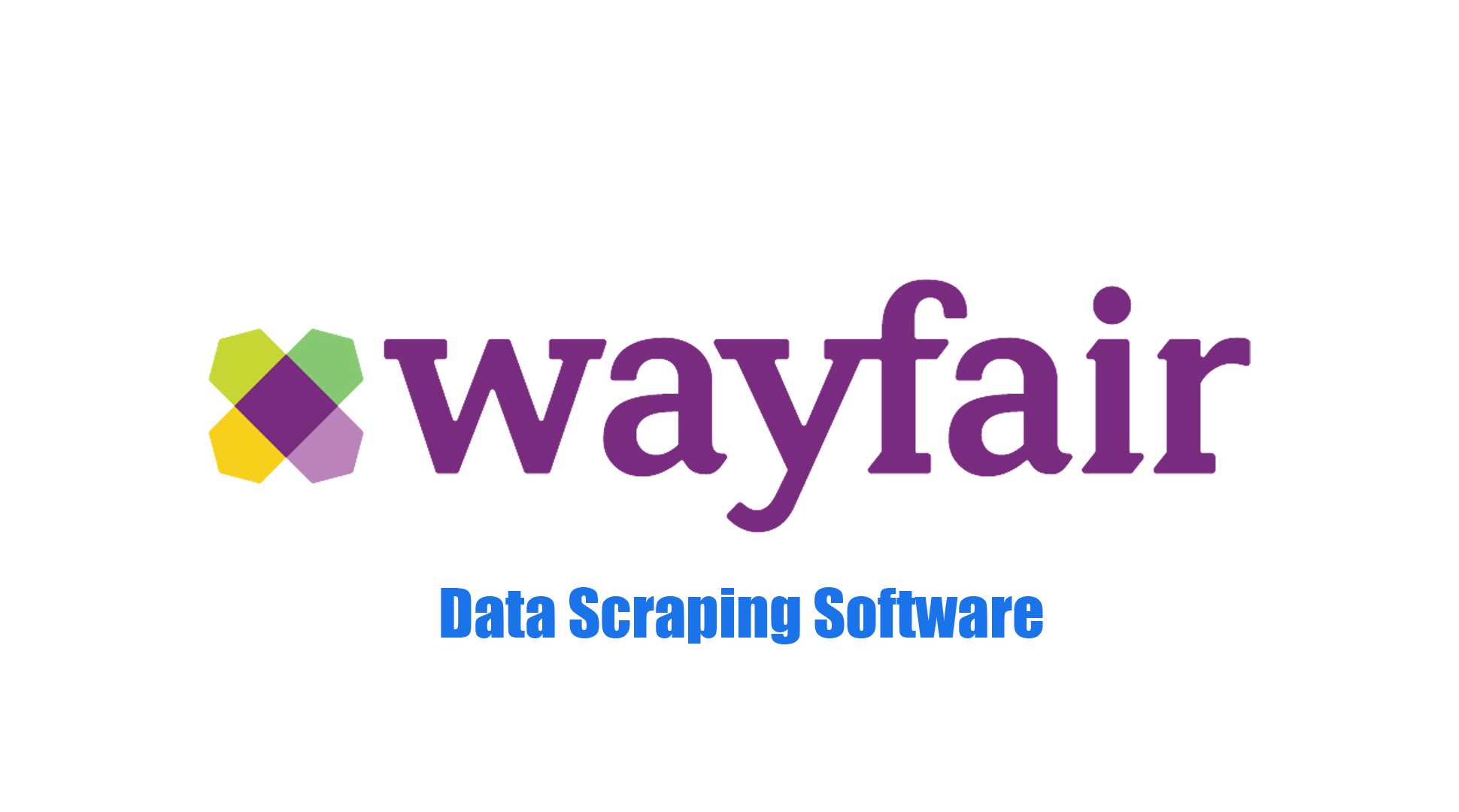Node Unblocker for Web Scraping: A Complete Guide
Web scraping is a crucial technique for extracting data from websites, but many sites employ anti-scraping mechanisms such as IP blocking, captchas, rate limiting, and geo-restrictions. To overcome these barriers, scrapers often rely on proxies, headless browsers like Puppeteer, and proxy servers like Node Unblocker.
In this guide, we will cover:
What Node Unblocker is and how it works How to set up Node Unblocker for web scraping How to integrate Puppeteer with proxies for bypassing restrictions Rotating proxies to prevent bans Deploying Node Unblocker on cloud services for large-scale scraping
![]() Node Unblocker is a Node.js-based web proxy that routes traffic through an intermediary server, allowing users to access blocked content. Unlike traditional proxies, it works by modifying web requests to bypass restrictions.
Node Unblocker is a Node.js-based web proxy that routes traffic through an intermediary server, allowing users to access blocked content. Unlike traditional proxies, it works by modifying web requests to bypass restrictions.
Related Article: Node Unblocker
- Bypasses IP-based blocking – Helps avoid bans when scraping protected sites
- Handles JavaScript-heavy pages – Works well with Puppeteer and headless browsers
- Acts as a proxy server – Can be used locally or on a remote server
- Supports dynamic modification – Allows request manipulation to avoid detection
When scraping websites, especially those with anti-bot protections, using a simple IP-based proxy (HTTP/SOCKS5) may not be enough. Websites often block traffic that comes from known data center IPs. Node Unblocker acts as an intermediate layer that disguises requests, making them appear more human-like.
Ensure you have Node.js installed on your machine. Check by running:
If not installed, download and install Node.js from here.
Now, install Node Unblocker:
Alternatively, install it globally:
Create a new file named server.js and add the following code:
Run the following command:
Now, your Node Unblocker proxy is running at http://localhost:8080. You can access websites by appending the URL after /proxy/, e.g.:
To scrape websites using Puppeteer while routing requests through Node Unblocker, modify your scraping script as follows:
Example: Using Puppeteer with Node Unblocker
Example: Using Axios with Node Unblocker If you prefer to fetch data using Axios, route your requests through the Node Unblocker proxy:
For large-scale web scraping, residential proxies (like MoMoProxy) offer better performance than free proxies or data center IPs.
Example: Using an HTTP Proxy
Example: Using a SOCKS5 Proxy
To avoid bans and captchas, rotate proxies using proxy-chain.
For continuous operation, deploy Node Unblocker on a cloud server. You can use:
- AWS EC2
- DigitalOcean Droplets
- Heroku (Free tier available)
Use PM2 to keep the proxy running:
❌ Puppeteer Not Loading the Page? ✅ Check if the proxy is working using curl:
✅ If the website detects bot traffic, use stealth mode:
- ✅ Use MoMoProxy or another high-quality residential proxy for better results.
- Get 200M - 1GB Free Trial of Residential Proxies from MoMoProxy Now!
Node Unblocker is a powerful tool for bypassing website restrictions when web scraping. When combined with Puppeteer and rotating proxies, it provides an efficient and undetectable scraping solution.
Looking for reliable residential proxies? Consider MoMoProxy for geo-unblocking and anti-detection scraping.








